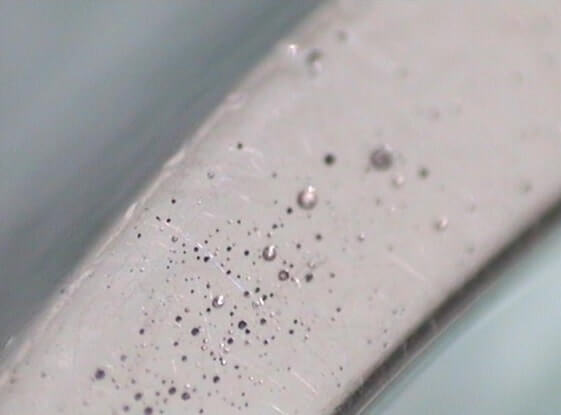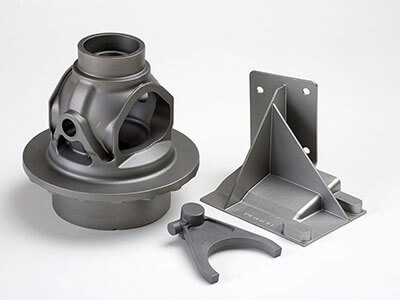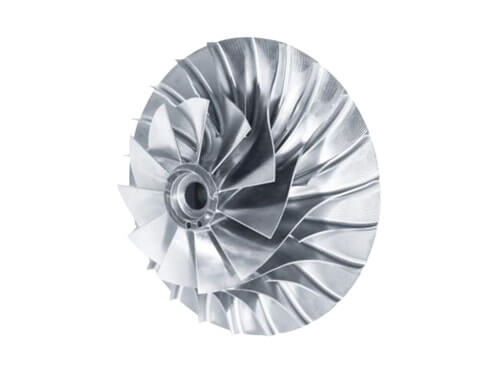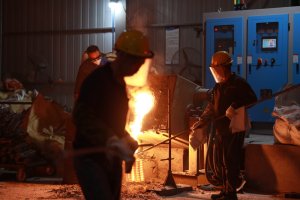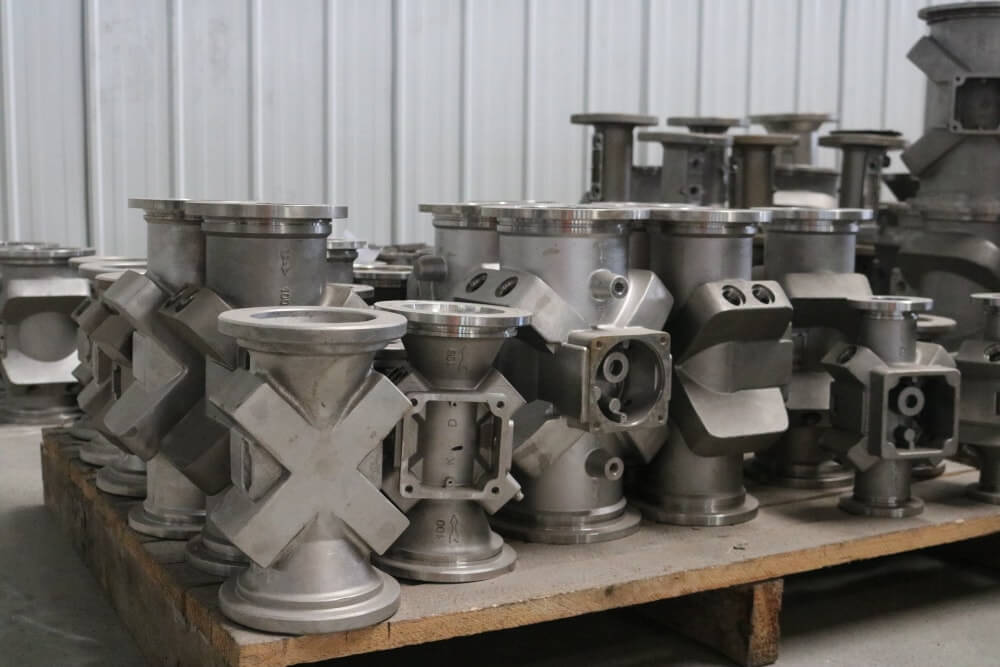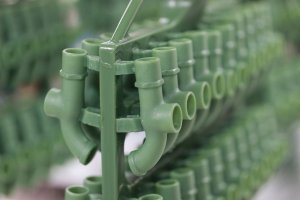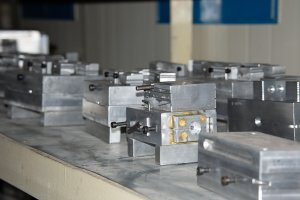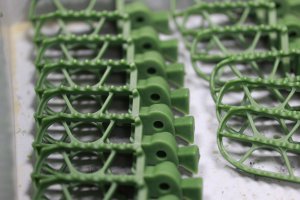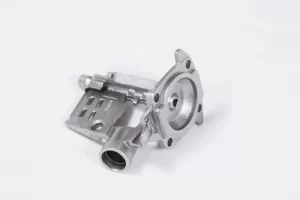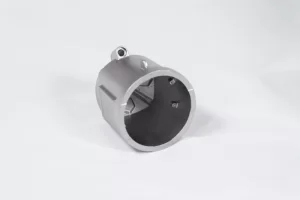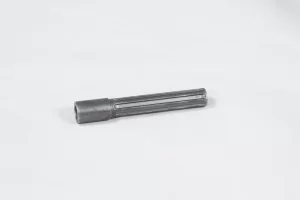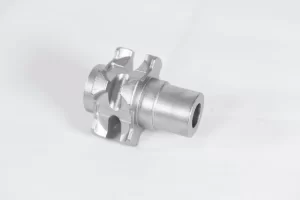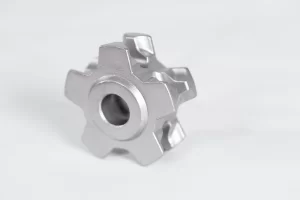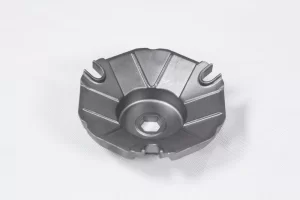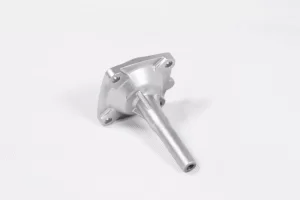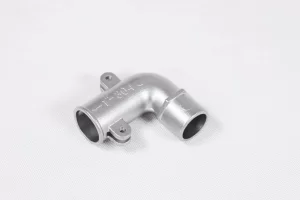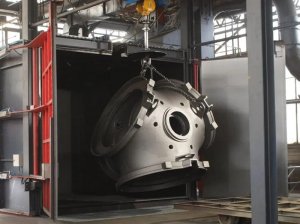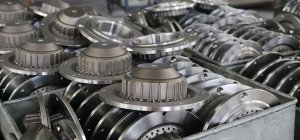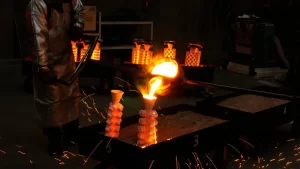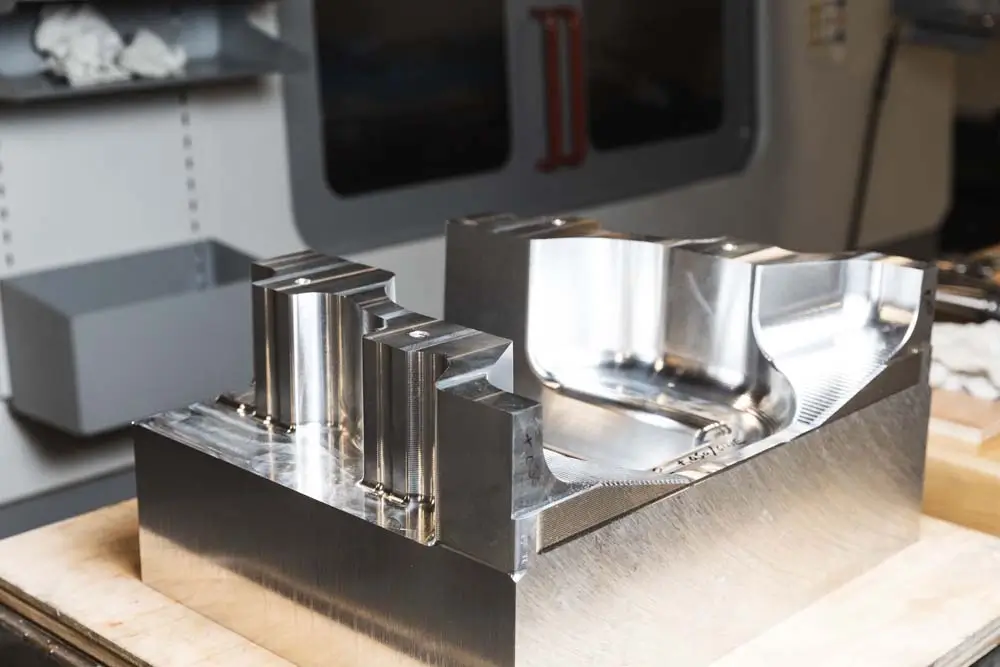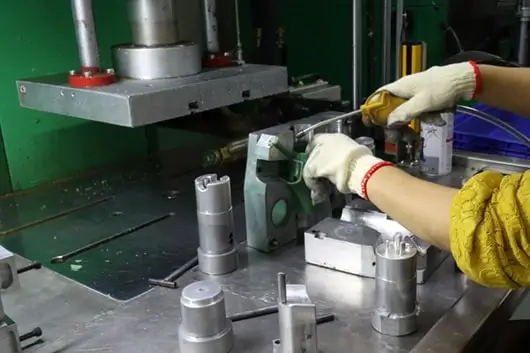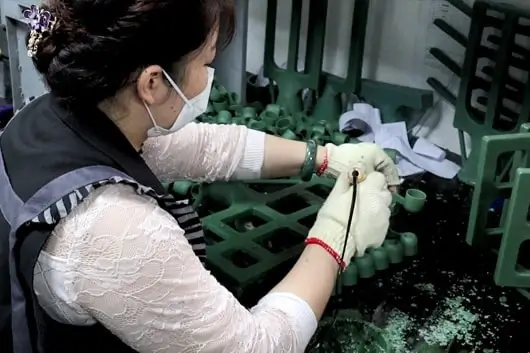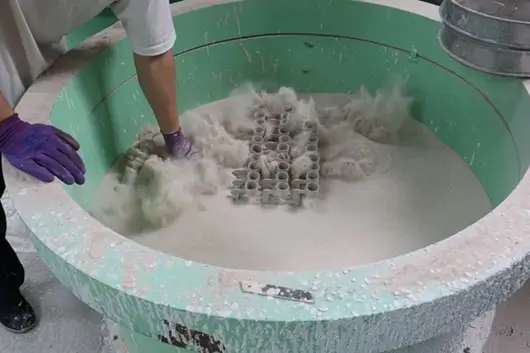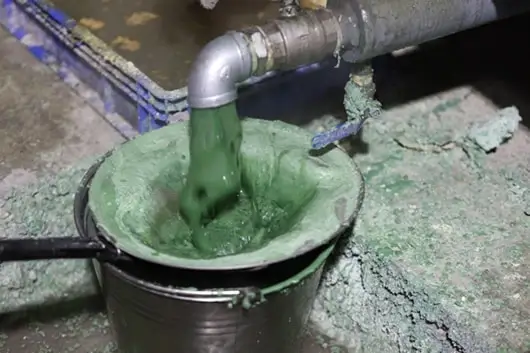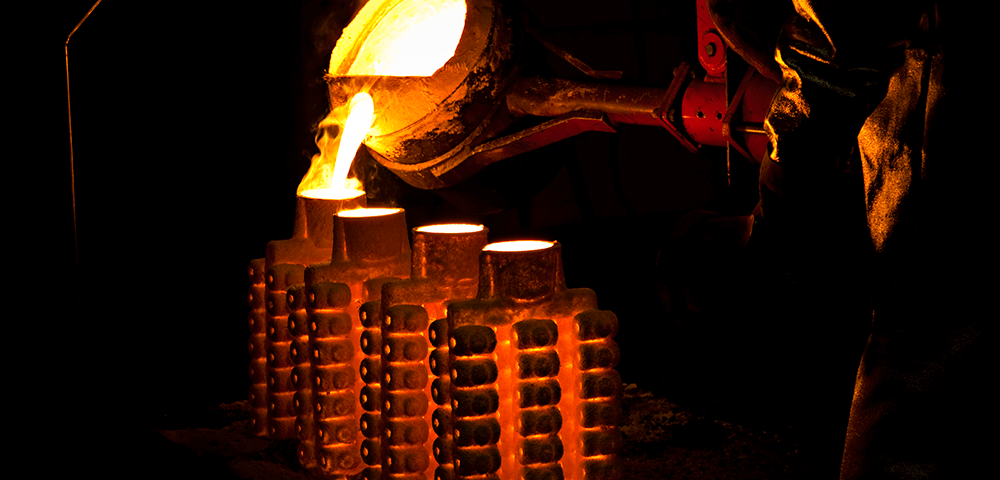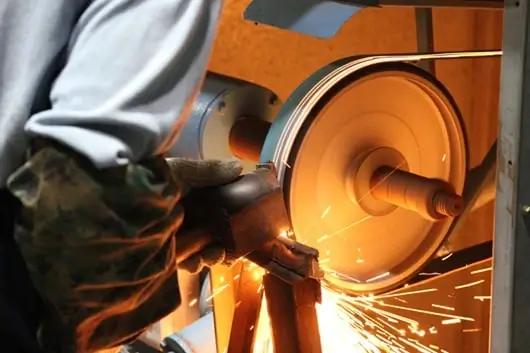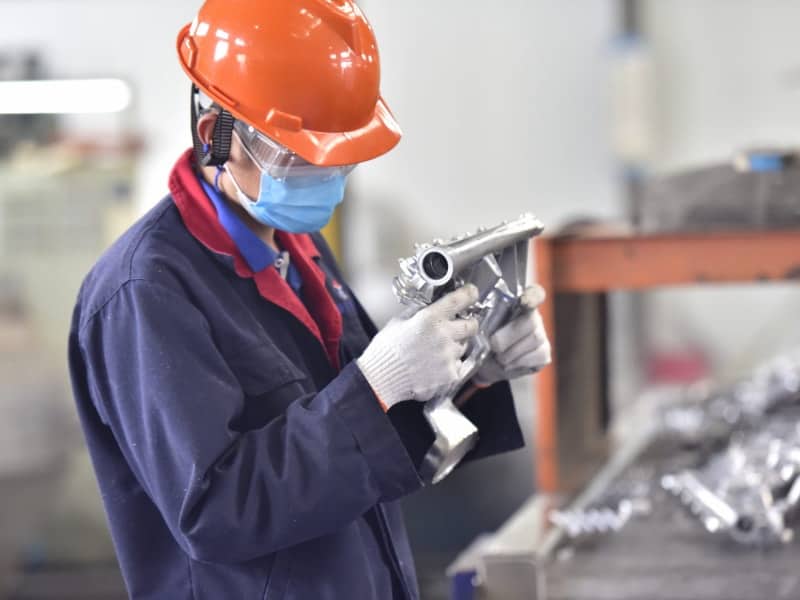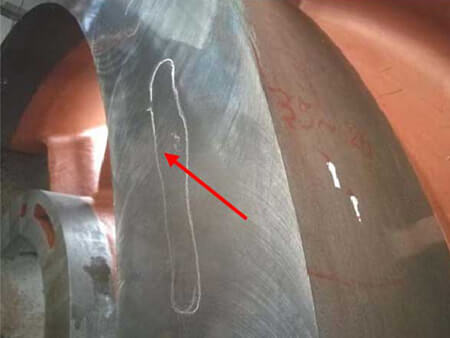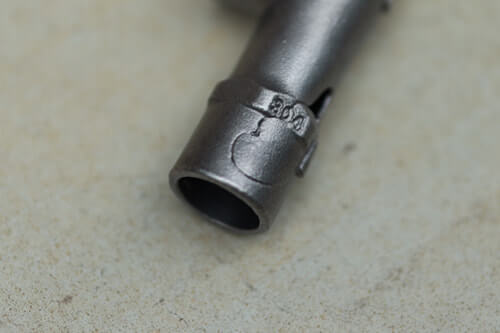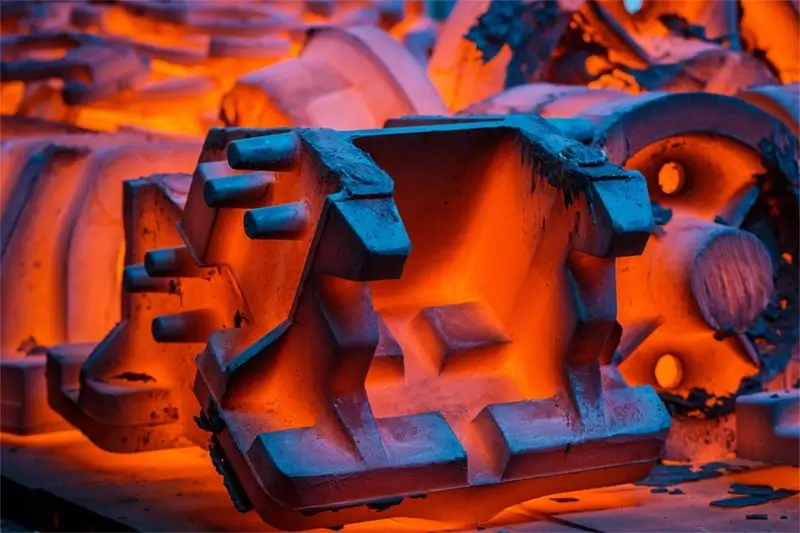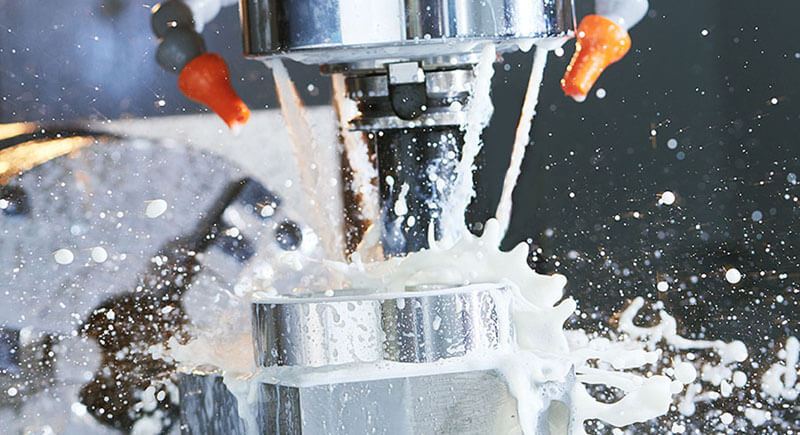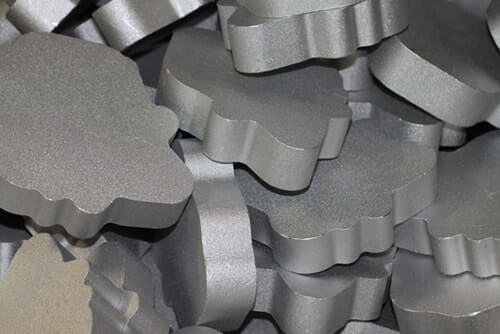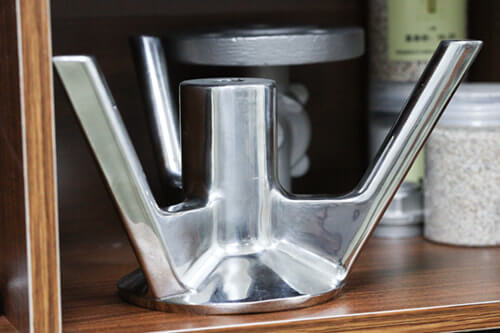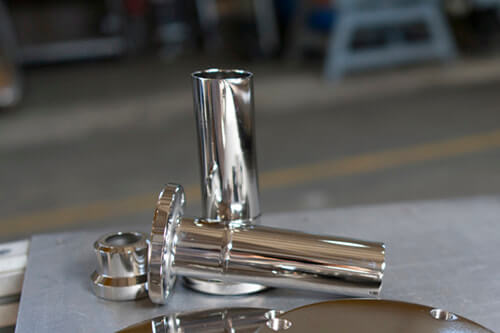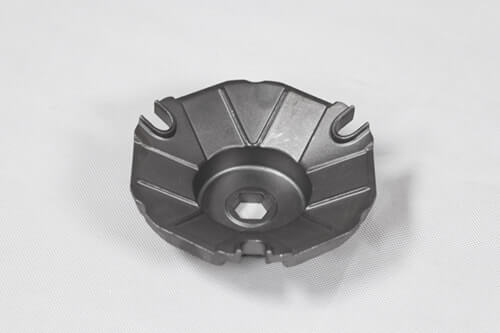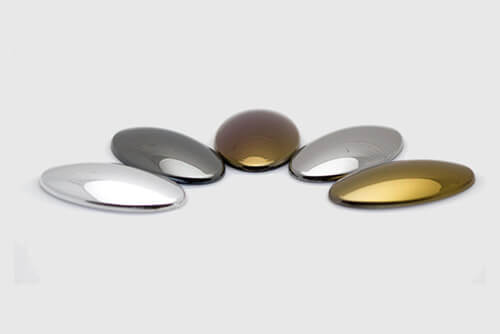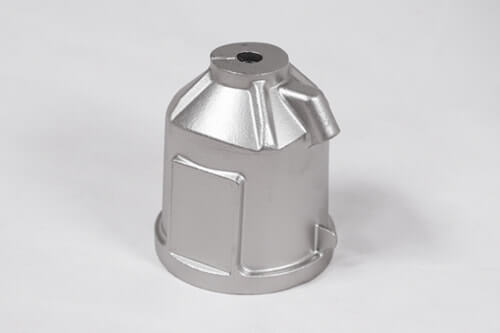| 304 | Austenitic stainless steel with Ni content of more than 8%, food grade alloy, can be used to cast stainless steel components for both household and commercial applications. It is the most widely used stainless steel casting material.304 stainless steel castings can be used in environments where the air is less corrosive. | Medical, food industry, chemical industry, mechanical equipment, pipe industry, automotive industry, etc. |
| 316 | Also austenitic stainless steel with Ni content of more than 10%. For its higher Ni content, 316 stainless steel castings have better corrosion resistance than 304 stainless steel castings. Such stainless steel castings are better suited for the marine environment with relatively harsh air conditions or chemical materials that need to be contacted. | Fire fighting, auto parts, marine hardware, chemical, pipeline, construction, decoration, food industry, etc. |
| 304L / 316L | The mechanical properties are close to those of 304 and 316 materials. L represents lower carbon content, which makes the material softer, has good welding performance, and has more reliable corrosion resistance. The price is higher than that of materials of the same grade. | Food, chemical, medical, plumbing, etc. |
| 410 & 416 | Series 400 belongs to martensitic stainless steel, which is characterized by high strength, good processing performance and high heat treatment hardness, and does not contain Ni, so the corrosion resistance is weak. | Auto parts, tools, knives, etc. |
| 17-4 PH | 17-4 belongs to martensitic stainless steel with a Ni content of 3%-5% and good corrosion resistance. It has the highest strength in the stainless steel series and is usually used for products and components that are not prone to deformation. | Military, medical, mechanical components, machine tools, turbine blades, etc. |
| 2205 | Duplex stainless steel 2205 is a composite stainless steel consisting of 22% chromium, 2.5% molybdenum and 4.5% nickel-nitrogen.It has high strength, good impact toughness and good overall and local resistance to stress corrosion. | Sporting, pump & valve industry, etc. |
